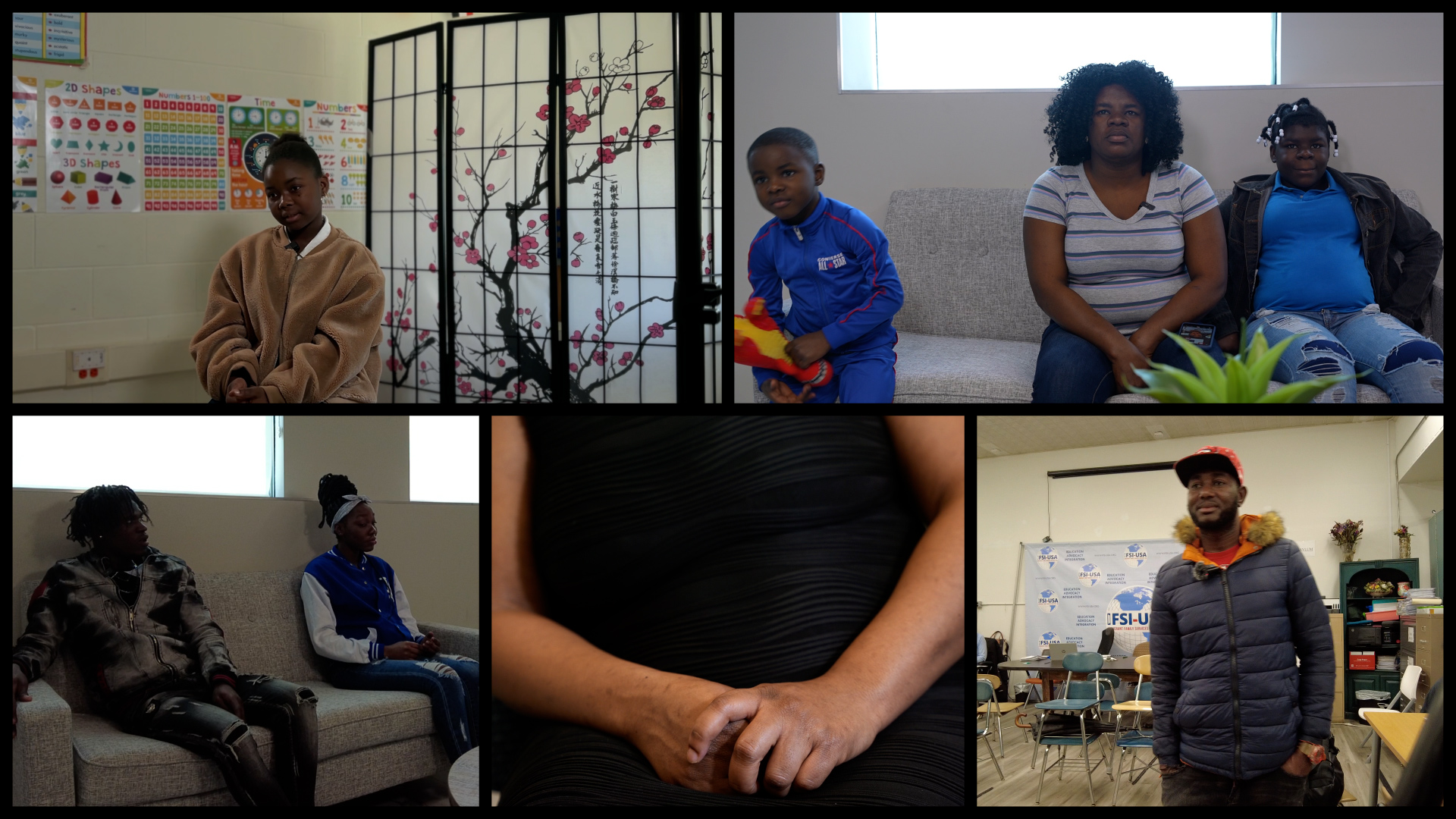More changes to Massachusetts' emergency shelter system went into effect on Tuesday, weeks after being announced.
Families are now being assessed based on risk and need and being directed either to a low-risk rapid track, which limits stays to 30 days, or a high-risk bridge track, which extends to six months.
WATCH ANYTIME FOR FREE
Stream NBC10 Boston news for free, 24/7, wherever you are. |
"We're continuing to make more reforms and that's what you saw with this rollout," Massachusetts Gov. Maura Healey said.
Critics argue the policy shift will keep people from receiving shelter.
Get updates on what's happening in Boston to your inbox. Sign up for our News Headlines newsletter.
"Even if you don't have another place to stay and even if you and your child have met this pretty high standard for shelter placement, you won't be placed in shelter," said Elizabeth Alfred, with Greater Boston Legal Services.
State leaders counter that they are seeking to provide shelter while being cost-conscious.
"We need to have a system that, frankly, works within a budget," Healey said.
"The federal government needs to do immigration reform and sending Massachusetts resources," Senate President Karen Spilka said.
It's a delicate balance fiscal hawks argue won't go away, even with these adjustments.
"She's just nibbling at the edges, really," said Paul Craney with the Massachusetts Fiscal Alliance.
The Healey-Driscoll administration has made multiple changes to the state's emergency shelter policy. Data provided by the governor's office suggests families seeking shelter on a day-to-day basis have stabilized due to those adjustments.




